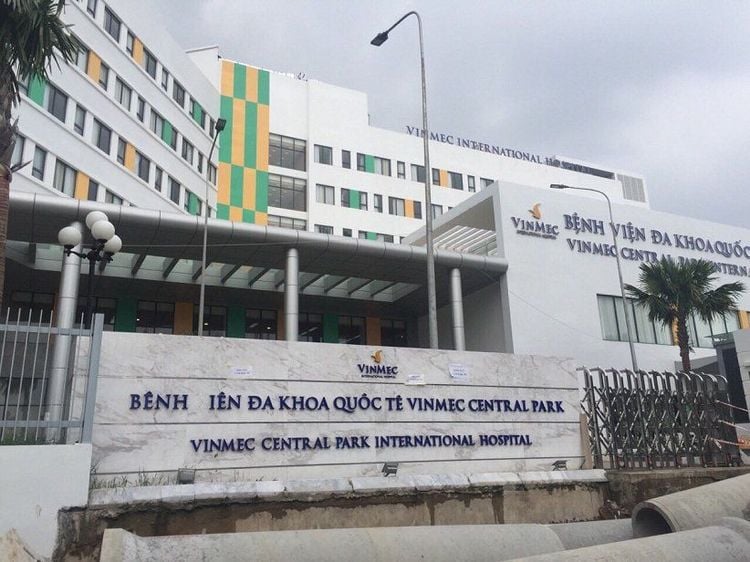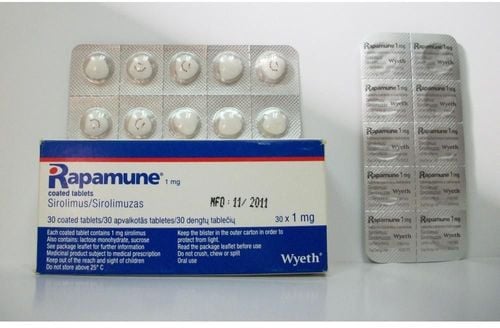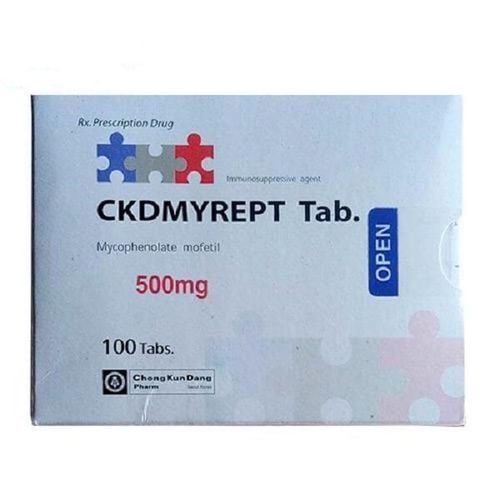This is an automatically translated article.
The article was professionally consulted by MSc Tran Hong Nhat - Interventional Cardiologist, Vinmec Central Park International General Hospital.Cardiac catheterization is a cardiovascular procedure that most accurately identifies the condition with minimal invasiveness. These days, cardiac catheterization has become common and is performed routinely at most cardiac centers to help doctors diagnose and treat disease. Therefore, understanding this technique will help make the right treatment decision early.
1. What is cardiac catheterization?
Cardiac catheterization is a technique that uses a catheter to guide a large blood vessel into the heart. As a result, the doctor will evaluate abnormalities, anatomical and physiological damage of the heart and blood vessels supplying the heart. In addition, cardiac catheterization also helps to measure hemodynamic parameters, including vascular and chamber pressures, cardiac output, and oxygen saturation.Through cardiac catheterization, doctors can also apply interventional methods to treat some cardiovascular diseases that previously required chest opening such as coronary stenting or intervention to treat some diseases. Congenital heart.
2. When is cardiac catheterization needed?
The purpose of cardiac catheterization is divided into two groups:Diagnostic cardiac catheterization: The cardiac catheterization is mainly intended to collect information and images about the anatomical and physiological characteristics of the organ and hemodynamic parameters. This information is highly accurate and helps a lot in the treatment planning process. Interventional cardiac catheterization: Besides the diagnosis, if the lesions are not complicated, the doctors will conduct local treatment at the same time for the patient. Among them, coronary interventions by balloon angioplasty and/or intravascular stenting are the most commonly performed and the most common. From the above purposes, the following cases are necessary for cardiac catheterization:
Coronary artery disease group Structural congenital heart disease group Vascular pathology group Cardiac arrhythmia pathology group

Mục đích thông tim chia thành hai nhóm là thông tim chẩn đoán và thông tim điều trị
3. How is the cardiac catheterization procedure?
Cardiac catheterization is an invasive procedure on the patient's body, so it requires careful preparation, in order to minimize unwanted events. Steps to take include:Patients and relatives must be consulted, clearly explained. Patients are fully prepared with all physical and mental conditions, necessary tests before starting cardiac catheterization. Patients are examined and assessed that they do not have contraindications such as infection, blood clotting disorder, pregnancy, uncontrolled arrhythmia... When the cardiac catheterization process follows the program, the patient is advised to Fasting before 6 hours and cleaning the intervention area. Because the procedure is minimally invasive, the patient does not need general anesthesia, but only local anesthesia (usually the wrist or groin area). After access to the blood vessel, a catheter is inserted into the heart chamber for evaluation under observation on a bright screen. If imaging is required, a contrast medium is injected, and if intervention is needed, instruments are also inserted through the catheter into the heart. The process lasts from one to several hours, depending on the complexity of the lesion to be described or the pathology that requires intervention. When finished, the catheter will be withdrawn. The doctor will put pressure on the puncture site. After that, the patient will be taken to a close monitoring area, to make sure there are no complications before returning to the room.
4. What to monitor after cardiac catheterization?
After the procedure, the patient will be closely monitored for vital signs such as pulse, temperature, blood pressure and evaluation tests. The compression bandage at the puncture site should be kept in place for at least 24 hours. If in the femoral position, the patient should be advised to remain motionless in bed and not to flex the leg.When removing the pressure bandage, abnormal signs such as pain, redness, infection, bleeding, bruising under the skin... need to be evaluated regularly until the patient is discharged from the hospital.
In addition, other complications of cardiac catheterization need to be checked such as trauma, perforation of blood vessels along the way, coronary perforation, perforation of the heart, pericardial effusion.
5. Perform cardiac catheterization at Vinmec

Trung tâm Tim mạch là một trong những trung tâm mũi nhọn hàng đầu của Bệnh viện Đa khoa Quốc tế Vinmec Central Park
Cardiovascular Center is one of the leading centers of Vinmec Central Park International General Hospital. The expert team of the cardiovascular center includes experienced professors, doctors, specialists, and masters who are famous in the field of medical and surgical treatment, interventional cardiac catheterization and the application of Advanced technology in the diagnosis and treatment of cardiovascular diseases.
In particular, the Cardiovascular Center of Vinmec Central Park General Hospital is the first unit in the country and one of the few hospitals in the world equipped with the most modern hybrid operating room today, a combination of excellent between the high accuracy of an interventional cardiac catheterization room (Catheterization Lab) and a modern cardiovascular operating room (Operation Room). Cardiac catheterization is a minimally invasive technique that both diagnoses and replaces surgery to intervene in heart damage, improve cardiovascular function, relieve symptoms and improve quality of life. for the patient. Accordingly, choosing a hospital that is reputable, has good doctors and good equipment is extremely necessary to protect the health of yourself and your loved ones.
Customers can go directly to Vinmec Central Park to visit or contact hotline 0283 6221 166, 0283 6221 188 for support.














